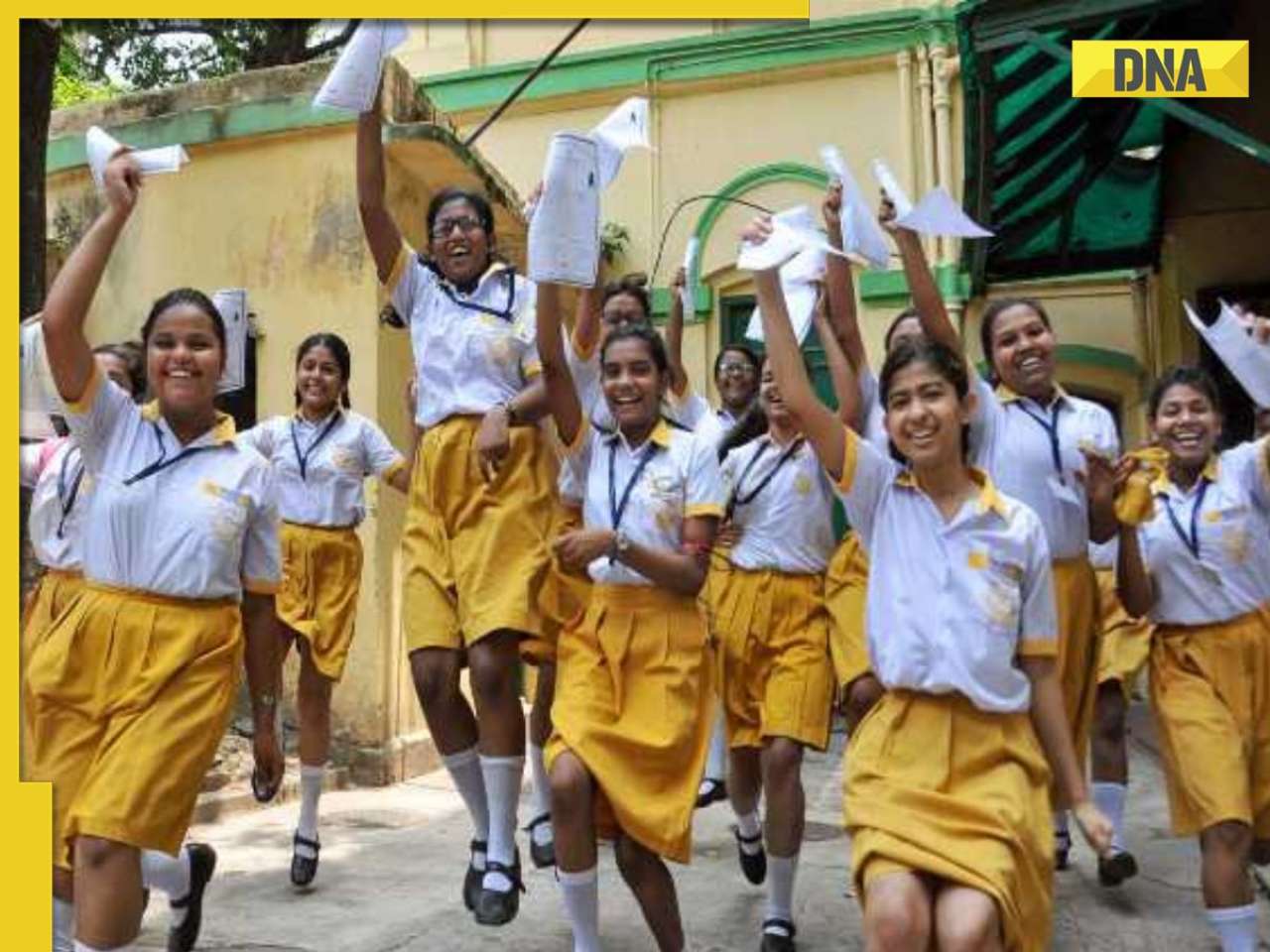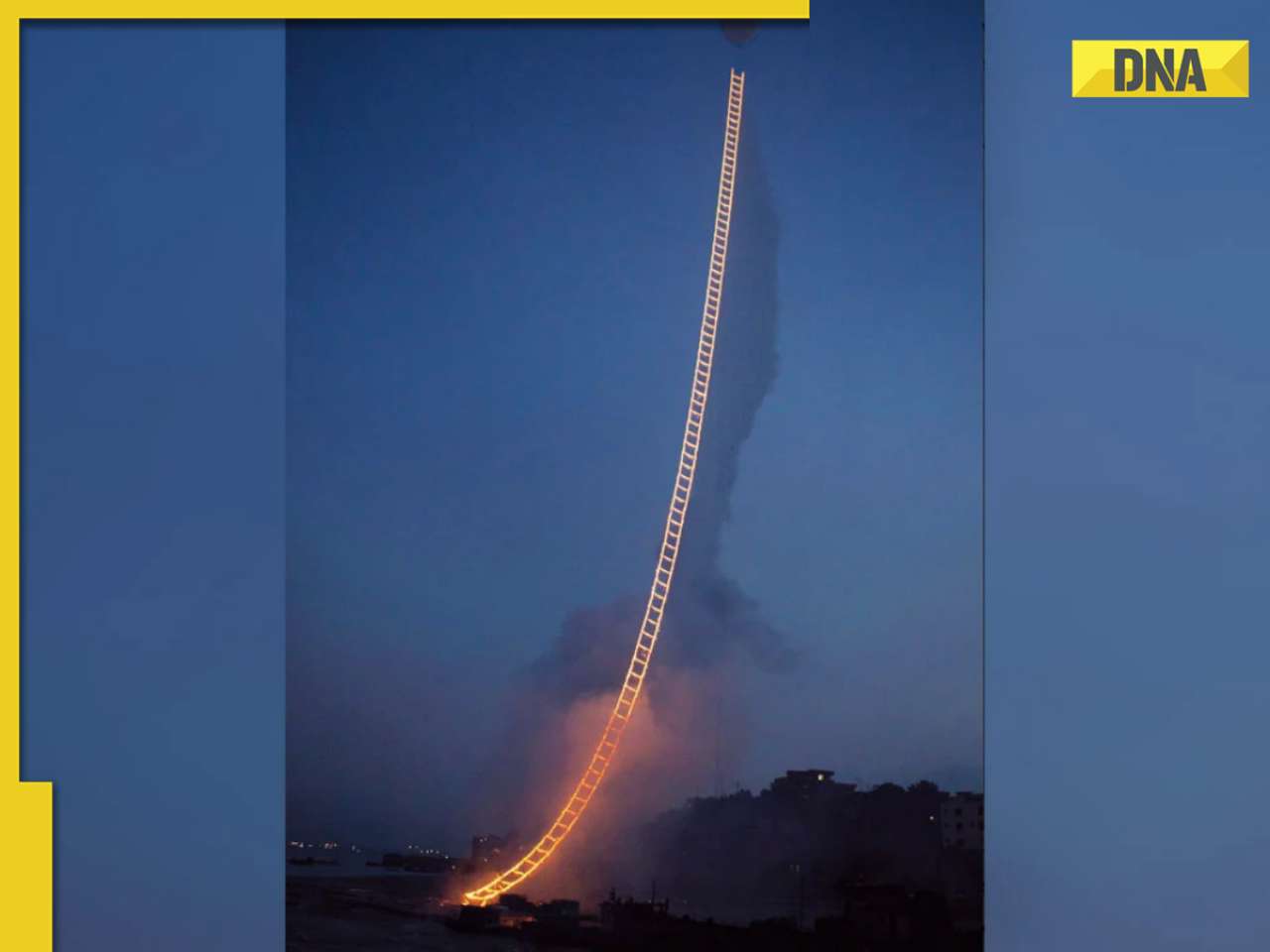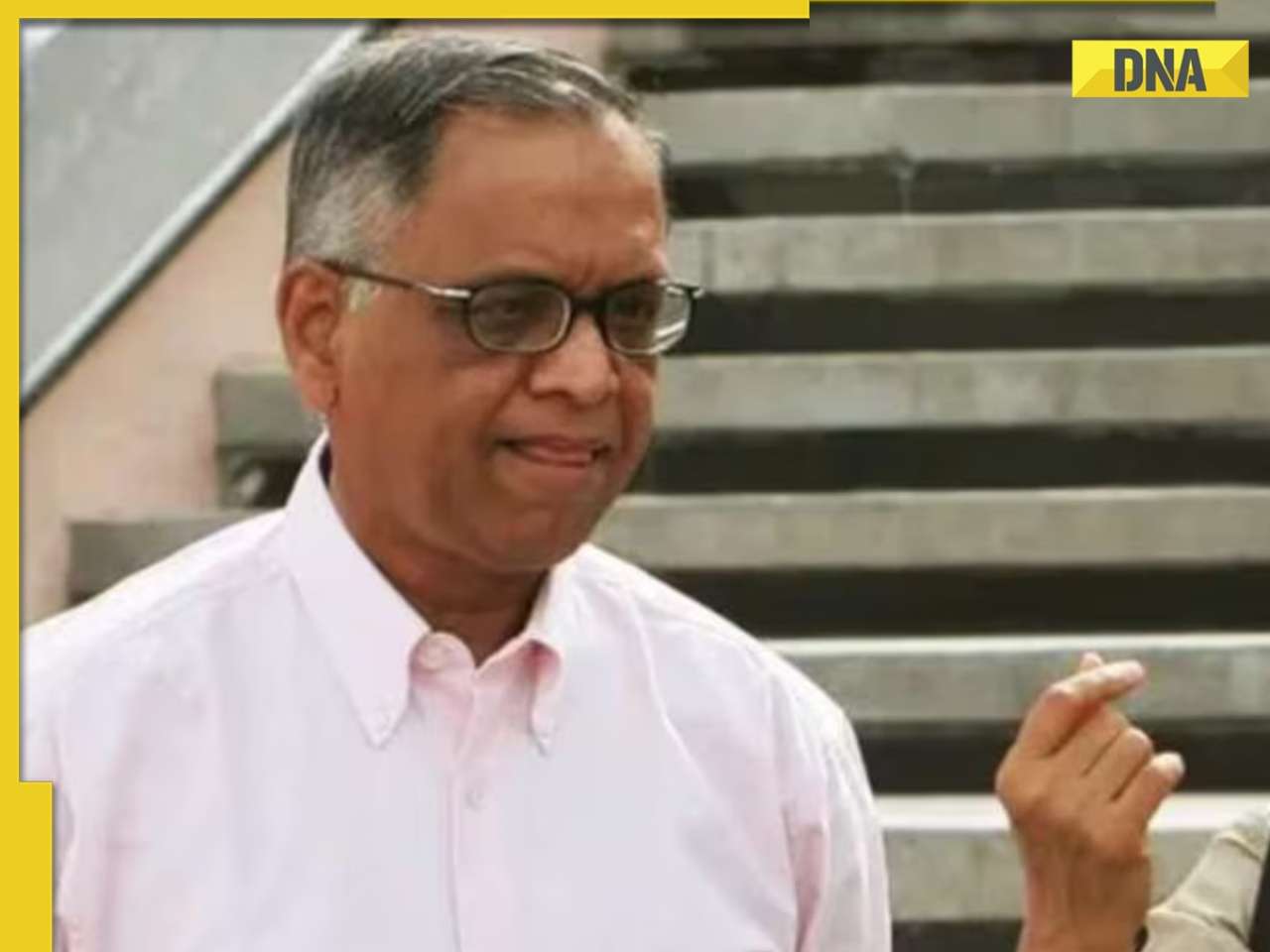The will help the country move a step closer to operationalising its international civil nuclear cooperation after the 34-year-old nuke trade embargo was lifted.
India will on Monday sign a crucial safeguards agreement with the IAEA to allow supply of atomic fuel and technology to the country moving a step closer to operationalising its international civil nuclear cooperation after the 34-year-old nuke trade embargo was lifted.
"We will sign the India specific safeguards agreement(ISSA), a key inspection agreement in the afternoon of Monday in Vienna. The ISSA was approved by the 35-member board of governors of the International Atomic Energy Agency (IAEA) on August 1 last year and now it will get ready for operationalisation of the civil cooperation," Indian ambassador in Vienna Saurab Kumar said.
Nuclear Power corporation which is operating its reactors at less than 40 per cent capacity may soon benefit in the form of fuel import once the ISSA is ratified by the Indian Government. India has already signed agreements with the US, France, Russia and Kazakhstan and is planning to sign with Canada for resumption of nuclear commerce.
Kumar will be assisted by the chief negotiator Ravi B Grover and Gitesh Sarma, joint secretary, external affairs of the Department of Atomic Energy who are already in Vienna.
The agreement with IAEA is a pre-condition for the implementation of the Indo-US civil nuclear deal and allow the 45-member Nuclear Suppliers' Group (NSG) to supply material and technology for India's ambitious nuclear power programme.
Asked about when India will be signing the Additional Protocol which is a mandatory step as per the nuclear deal between India and the US, ambassador Kumar said," it is under discussion with IAEA. It takes time to evolve a draft. But once it is ready, it will be signed."
Chairman, Atomic Energy commission Dr Anil Kakodkar said here that once the ISSA is signed on Monday, the next immediate step would be to work for the process of ratification by Indian Government.
The second step the department will be taking up was to file a declaration to the UN nuclear watchdog IAEA on which facilities will be placed under safeguards and their time frame (it is like filling up the annexure to the agreement),
Kakodkar said.
"Since the DAE has signed a contract (order) with French nuclear supplier AREVA for getting 300 tonnes of the yellow cake (Uranium), we will also be working out on which part of the Hyderabad-based Nuclear Fuel Complex (NFC) will be placed under safeguards for processing and fabricating the fuel.
"One part of the NFC is already listed in the Separation Plan which was made public in March 2006," Kakodkar said.
Some part of NFC has been under 'Campaign mode' of safeguards for fabrication of imported fuel from different countries for the US-supplied Tarapur atomic power stations units one and two, he added.
In campaign mode safeguards, inspection is valid only for the period under which the imported fuel is processed or fabricated. Rest of the period the plant will not be under international safeguards.
The AREVA fuel will be used in Rajasthan Unit two which is already under safeguards for the last three decades.
On August one last year, the Board of Governors of the IAEA authorised director general Mohammed ElBaradei to conclude with India an India-specific safeguards agreement (ISSA) and subsequently implement the ISSA. A month later, the NSG agreed to lift the ban on nuclear trade with India.
Under the Separation Plan, India has to place 14 civilian reactors under IAEA safeguards.
India has already placed six of its reactors under various safeguards agreements which include units one and two of Tarapur in Maharashtra, units one and two of Kota (RAPS), Rajasthan and two units at Koodankulam, Tamil Nadu which will be brought under the umbrella of ISSA after the ratification of the inspection agreement by India.
Under the same plan, the civilian plants -- RAPS units five and six -- will be placed under IAEA inspection in 2009 and RAPS units three and four in 2010.
In 2012, units one and two of Kakrapara atomic power stations in Gujarat and in 2014, units one and two of Narora atomic power plants in Uttar Pradesh would be brought under international inspection, DAE sources said.
Regarding the fuel for the new waiting reactors RAPS five and six, they can be commissioned only after India fills up the annexure of ISSA to IAEA and the ground work like installation of cameras and other required facilities for monitoring and inspection is completed by IAEA, the sources said.
![submenu-img]() House of the Dragon season 2 trailer: Rhaenyra wages an unwinnable war against Aegon, Dance of the Dragons begins
House of the Dragon season 2 trailer: Rhaenyra wages an unwinnable war against Aegon, Dance of the Dragons begins![submenu-img]() Panchayat season 3 trailer: Jitendra Kumar returns as sachiv, Neena, Raghubir get embroiled in new political tussle
Panchayat season 3 trailer: Jitendra Kumar returns as sachiv, Neena, Raghubir get embroiled in new political tussle![submenu-img]() Apple partners up with Google against unwanted tracker, users will be alerted if…
Apple partners up with Google against unwanted tracker, users will be alerted if…![submenu-img]() Meet actress whose debut film was superhit, got married at peak of career, was left heartbroken, quit acting due to..
Meet actress whose debut film was superhit, got married at peak of career, was left heartbroken, quit acting due to..![submenu-img]() Who is the real owner of Delhi's Connaught Place and who collects rent from here?
Who is the real owner of Delhi's Connaught Place and who collects rent from here?![submenu-img]() Meet man who is 47, aspires to crack UPSC, has taken 73 Prelims, 43 Mains, Vikas Divyakirti is his...
Meet man who is 47, aspires to crack UPSC, has taken 73 Prelims, 43 Mains, Vikas Divyakirti is his...![submenu-img]() IIT graduate gets job with Rs 100 crore salary package, fired within a year, he is now working as…
IIT graduate gets job with Rs 100 crore salary package, fired within a year, he is now working as…![submenu-img]() Goa Board SSC Result 2024: GBSHSE Class 10 results to be out today; check time, direct link here
Goa Board SSC Result 2024: GBSHSE Class 10 results to be out today; check time, direct link here![submenu-img]() CUET-UG 2024 scheduled for tomorrow postponed for Delhi centres; check new exam date here
CUET-UG 2024 scheduled for tomorrow postponed for Delhi centres; check new exam date here![submenu-img]() Meet man who lost eyesight at 8, bagged record-breaking job package at Microsoft, not from IIT, NIT, VIT, his salary is…
Meet man who lost eyesight at 8, bagged record-breaking job package at Microsoft, not from IIT, NIT, VIT, his salary is…![submenu-img]() DNA Verified: Is CAA an anti-Muslim law? Centre terms news report as 'misleading'
DNA Verified: Is CAA an anti-Muslim law? Centre terms news report as 'misleading'![submenu-img]() DNA Verified: Lok Sabha Elections 2024 to be held on April 19? Know truth behind viral message
DNA Verified: Lok Sabha Elections 2024 to be held on April 19? Know truth behind viral message![submenu-img]() DNA Verified: Modi govt giving students free laptops under 'One Student One Laptop' scheme? Know truth here
DNA Verified: Modi govt giving students free laptops under 'One Student One Laptop' scheme? Know truth here![submenu-img]() DNA Verified: Shah Rukh Khan denies reports of his role in release of India's naval officers from Qatar
DNA Verified: Shah Rukh Khan denies reports of his role in release of India's naval officers from Qatar![submenu-img]() DNA Verified: Is govt providing Rs 1.6 lakh benefit to girls under PM Ladli Laxmi Yojana? Know truth
DNA Verified: Is govt providing Rs 1.6 lakh benefit to girls under PM Ladli Laxmi Yojana? Know truth![submenu-img]() Ananya Panday stuns in unseen bikini pictures in first post amid breakup reports, fans call it 'Aditya Roy Kapur's loss'
Ananya Panday stuns in unseen bikini pictures in first post amid breakup reports, fans call it 'Aditya Roy Kapur's loss'![submenu-img]() Remember Harsh Lunia? Just Mohabbat child star, here's how former actor looks now, his wife is Bollywood's popular...
Remember Harsh Lunia? Just Mohabbat child star, here's how former actor looks now, his wife is Bollywood's popular...![submenu-img]() Mother's Day 2024: Bollywood supermoms who balance motherhood, acting, and run multi-crore businesses
Mother's Day 2024: Bollywood supermoms who balance motherhood, acting, and run multi-crore businesses![submenu-img]() Rocky Aur Rani's Golu aka Anjali Anand shocks fans with drastic weight loss without gym, says fitness secret is...
Rocky Aur Rani's Golu aka Anjali Anand shocks fans with drastic weight loss without gym, says fitness secret is...![submenu-img]() In pics: Ram Charan gets mobbed by fans during his visit to Pithapuram for ‘indirect campaign’ for uncle Pawan Kalyan
In pics: Ram Charan gets mobbed by fans during his visit to Pithapuram for ‘indirect campaign’ for uncle Pawan Kalyan![submenu-img]() Haryana Political Crisis: Will 3 independent MLAs support withdrawal impact the present Nayab Saini led-BJP government?
Haryana Political Crisis: Will 3 independent MLAs support withdrawal impact the present Nayab Saini led-BJP government?![submenu-img]() DNA Explainer: Why Harvey Weinstein's rape conviction was overturned, will beleaguered Hollywood mogul get out of jail?
DNA Explainer: Why Harvey Weinstein's rape conviction was overturned, will beleaguered Hollywood mogul get out of jail?![submenu-img]() What is inheritance tax?
What is inheritance tax?![submenu-img]() DNA Explainer: What is cloud seeding which is blamed for wreaking havoc in Dubai?
DNA Explainer: What is cloud seeding which is blamed for wreaking havoc in Dubai?![submenu-img]() DNA Explainer: What is Israel's Arrow-3 defence system used to intercept Iran's missile attack?
DNA Explainer: What is Israel's Arrow-3 defence system used to intercept Iran's missile attack?![submenu-img]() House of the Dragon season 2 trailer: Rhaenyra wages an unwinnable war against Aegon, Dance of the Dragons begins
House of the Dragon season 2 trailer: Rhaenyra wages an unwinnable war against Aegon, Dance of the Dragons begins![submenu-img]() Panchayat season 3 trailer: Jitendra Kumar returns as sachiv, Neena, Raghubir get embroiled in new political tussle
Panchayat season 3 trailer: Jitendra Kumar returns as sachiv, Neena, Raghubir get embroiled in new political tussle![submenu-img]() Meet actress whose debut film was superhit, got married at peak of career, was left heartbroken, quit acting due to..
Meet actress whose debut film was superhit, got married at peak of career, was left heartbroken, quit acting due to..![submenu-img]() 'Ek actress 9 log saath leke...': Farah Khan criticises entourage culture in Bollywood
'Ek actress 9 log saath leke...': Farah Khan criticises entourage culture in Bollywood![submenu-img]() Bollywood’s 1st multi-starrer had 8 stars, makers were told not to cast Kapoors; not Sholay, Nagin, Shaan, Jaani Dushman
Bollywood’s 1st multi-starrer had 8 stars, makers were told not to cast Kapoors; not Sholay, Nagin, Shaan, Jaani Dushman![submenu-img]() Who is the real owner of Delhi's Connaught Place and who collects rent from here?
Who is the real owner of Delhi's Connaught Place and who collects rent from here?![submenu-img]() Viral video: Chinese artist's flaming 'stairway to heaven' stuns internet, watch
Viral video: Chinese artist's flaming 'stairway to heaven' stuns internet, watch![submenu-img]() Video: White House plays 'Sare Jahan Se Achha Hindustan Hamara" at AANHPI heritage month celebration
Video: White House plays 'Sare Jahan Se Achha Hindustan Hamara" at AANHPI heritage month celebration![submenu-img]() Viral video: Bear rides motorcycle sidecar in Russia, internet is stunned
Viral video: Bear rides motorcycle sidecar in Russia, internet is stunned![submenu-img]() Driver caught on camera running over female toll plaza staff on Delhi-Meerut expressway, watch video
Driver caught on camera running over female toll plaza staff on Delhi-Meerut expressway, watch video






















































)
)
)
)
)
)